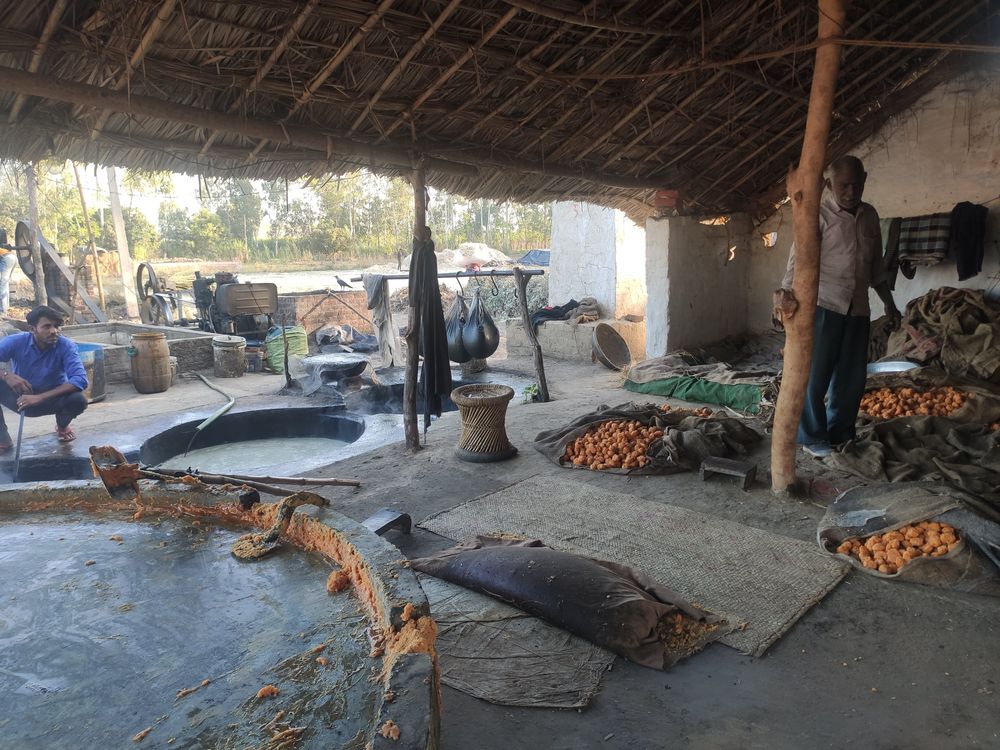What is the Amrut scheme?
- What is the mission of PM AMRUT? AMRUT stands for Atal Mission for Rejuvenation and Urban Transformation. It is a flagship urban development scheme launched by the Government of India. The primary objective of the AMRUT scheme is to transform and rejuvenate urban areas in the country by focusing on infrastructure development, service delivery, and improvement in the quality of life for residents.
The purpose of the AMRUT mission was to:
- Ensure that every household has access to a tap with a reliable water supply and a sewerage connection.
- Enhance the value of cities by developing greenery and well-maintained open spaces, such as parks.
- Reduce pollution by promoting public transport or other sustainable transportation methods.
- The scheme was launched in June 2015 and is part of the government's larger vision of developing smart cities and ensuring sustainable urban development. The AMRUT scheme primarily targets the following key areas:
Water Supply:
- Ensuring adequate water supply to all households.
- Improving water supply infrastructure to reduce leakages and losses.
Sewerage and Septage Management:
- Expanding and improving sewerage and drainage systems.
- Implementing effective septage management practices.
Solid Waste Management:
- Developing systems for efficient collection, transportation, and disposal of solid waste.
- Promoting recycling and waste-to-energy projects.
Urban Transport:
- Enhancing public transportation infrastructure.
- Developing non-motorized transport facilities.
Green Spaces and Parks:
- Developing and rejuvenating green spaces and parks.
- Promoting the creation of recreational spaces for citizens.
Stormwater Drainage:
- Improving and expanding stormwater drainage systems.
Smart City Features:
- Introducing smart solutions to enhance urban living.
- Incorporating technology for better governance and service delivery.
The scheme is implemented at the city level, and each selected city is required to formulate a comprehensive City Development Plan (CDP) that addresses the specific needs and challenges of the urban area. The central government provides financial assistance to the states and Union Territories to implement the projects identified under the AMRUT scheme.
What are the eligibility of AMRUT scheme?
Key eligibility criteria and considerations for various components of the AMRUT scheme may include:
Population Criteria:
- Cities and towns with a population of over one lakh are eligible for coverage under AMRUT.
- Smaller cities and towns with cultural, historical, or tourist significance may also be considered for inclusion.
City Development Plans:
- Eligible cities are required to prepare and submit City Development Plans (CDPs) that outline their vision, proposals for infrastructure development, and strategies for urban transformation.
Implementation of Reforms:
- Cities are required to undertake various urban reforms, such as the implementation of e-governance, improvement in property tax collection, and other measures to enhance governance and financial sustainability.
Project Proposals:
- Cities are required to submit detailed project proposals for specific projects identified in their City Development Plans. These projects typically focus on areas such as water supply, sewerage, stormwater drainage, non-motorized and public transport, and the development of green spaces.
Capacity Building:
- Cities are encouraged to invest in capacity building activities to enhance the skills and capabilities of their municipal staff and officials.
What are the achievements of AMRUT?
- AMRUT has been ensuring water security by adding 1.1 crore household water tap connections and 85 lakh sewer connections, thus benefiting more than 4 crore people.
FAQs:
What is the Amrit scheme for?
- The AMRUT Scheme aims to establish infrastructure that ensures adequate sewage networks and water supply in urban areas through the implementation of urban revival projects. Rajasthan was the first state to submit its State Annual Action Plan under the AMRUT scheme.
What is the goal of AMRUT?
The purpose of the AMRUT mission is to:
- Ensure that every household has access to a tap with a reliable water supply and a sewerage connection.
- Enhance the amenity value of cities by developing greenery and well-maintained open spaces, such as parks.
- Reduce pollution by promoting public transport or other sustainable transportation options.
What is the target of the AMRUT scheme?
- The target is to cover 139 lakh households through Faecal Sludge and Septage Management (FSSM), compared to an initial target of 145 lakh households. Additionally, the capacity for Sewage Treatment Plants (STP) is aimed at 4,489 Million Litres Per Day (MLD) for Water Treatment Capacity (WTP).
What is the mission of PM AMRUT?
- The Atal Mission for Rejuvenation and Urban Transformation (AMRUT) is a development initiative launched by Prime Minister Narendra Modi in June 2015. The mission focuses on establishing infrastructure to ensure robust sewage networks and adequate water supply for urban transformation through the implementation of urban revival projects.
We hope that you like this content and for more such content Please follow us on our social site and YouTube and subscribe to our website.
Manage your business cash flows and payable/receivables using our Bahi Khata App


